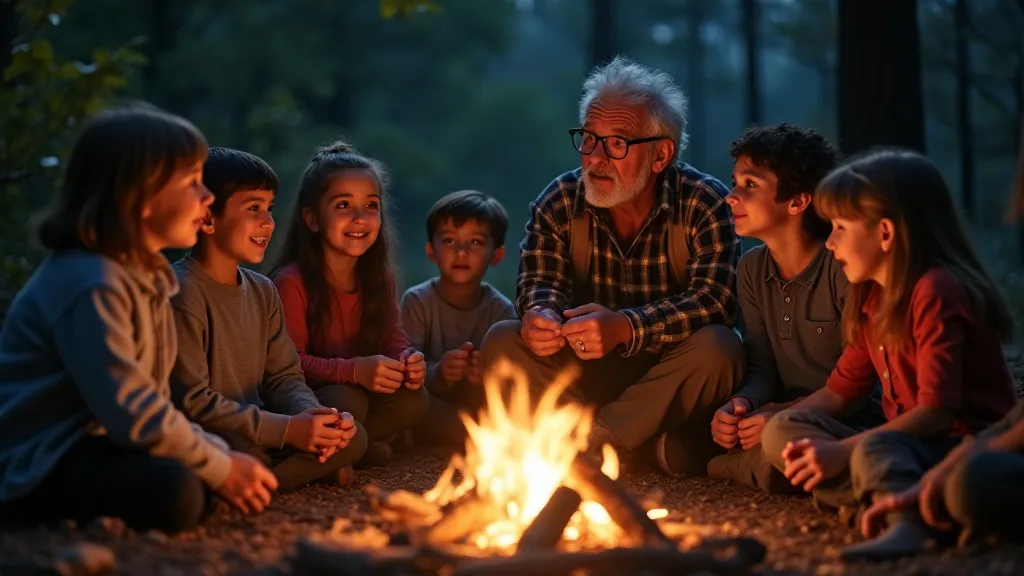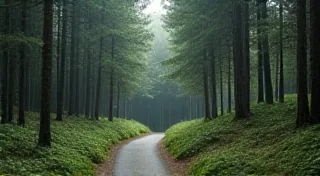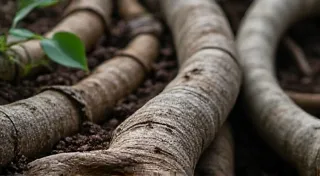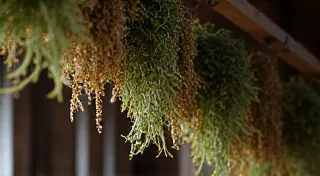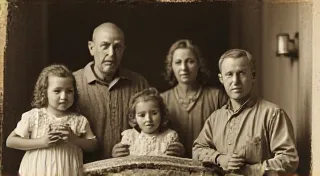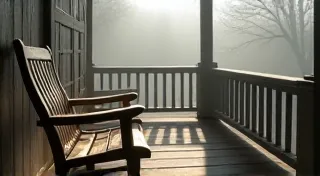Fragments of Memory: The Dialect as a Conduit to Ancestral Storytelling
The sound of an antique accordion, wheezing and sighing as it plays a forgotten melody, often conjures a potent sense of nostalgia. It’s more than just music; it’s a palpable connection to a time and place. Similarly, the Appalachian dialect – a vibrant tapestry woven from threads of Scots-Irish, English, and Indigenous languages – resonates with a profound emotional weight. It’s a linguistic echo chamber where ancestral stories linger, whispering tales of resilience, hardship, and an enduring spirit. Analyzing how retaining this dialect facilitates the transmission of cultural memories across generations reveals a remarkable link between language, identity, and the preservation of a unique heritage.
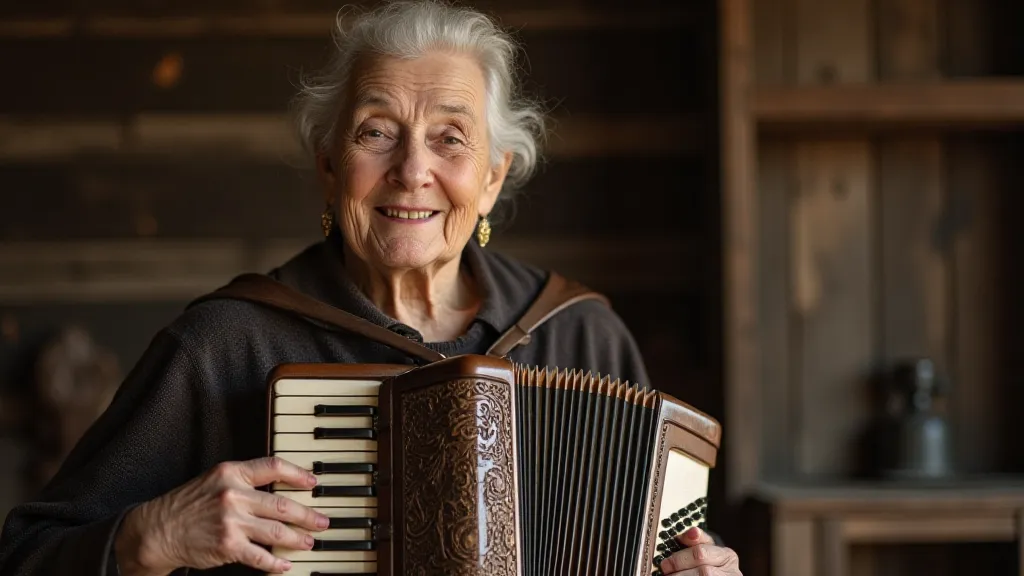
The Roots of the Mountain Tongue
The Appalachian dialect didn't emerge in a vacuum. Its origins are deeply rooted in the waves of migration that populated the region, primarily during the 18th and 19th centuries. The dominant influence came from the Scots-Irish, who brought with them a distinctive blend of Gaelic and Northern English dialects. These migrants, often seeking land and opportunity, settled in the isolated valleys and ridges, where geographic barriers fostered linguistic divergence. The lack of widespread education and limited contact with the wider world allowed these dialects to solidify, resisting the standardizing influence of urban centers. The isolation itself became a key ingredient in its preservation.
Beyond the Scots-Irish, traces of English dialects from the West Country, as well as influences from German and even Native American languages, subtly enriched the mix. Words like "holler" (meaning a small valley), derived from a Northern English term, and “reckon” (to think or believe) became deeply ingrained in the regional lexicon. The deliberate preservation of certain archaic terms and grammatical structures, consciously maintained by older generations, served as a marker of identity and belonging.
More Than Words: Grammar and Storytelling
The Appalachian dialect isn't just about a quirky vocabulary; it's about a distinct grammatical structure as well. Double modals ("might could," "used to could") and unique verb conjugations – things often considered "incorrect" by standard English grammar rules – serve a crucial purpose. They aren't errors; they're linguistic shortcuts, nuanced expressions born out of generations of oral storytelling. These grammatical structures convey layers of meaning that standard English often struggles to capture – uncertainty, possibility, habitual action. Think of the difference between "I could go" and "I might could go" – the latter carries a weight of hesitation, a consideration of obstacles that’s often crucial to Appalachian storytelling.
My grandmother, bless her soul, was a master storyteller. Her narratives weren’t simply recounts of events; they were vibrant tapestries woven with the dialect’s unique grammar and vocabulary. A simple phrase like “I was fixin’ to go” wasn't just about preparing to leave; it conveyed a sense of deliberate intention, a feeling of being on the cusp of something important. When she told stories about her childhood during the Depression, the dialect wasn’t just a way of speaking; it was a portal to a different time, a window into a world of scarcity and resilience. The rhythmic cadence and vocabulary were inseparable from the story's power.
The Craftsman’s Echo: Preservation and Restoration
Just as a skilled craftsman painstakingly restores an antique accordion – carefully cleaning, repairing, and preserving its original character – efforts to preserve and revitalize the Appalachian dialect are crucial. The deterioration isn't just about the loss of words; it's about the erosion of a cultural identity, the silencing of ancestral voices. The painstaking work involved isn’t just about correcting grammatical errors (as they would be viewed in standard English); it’s about understanding the *reason* those structures exist – the cultural context that birthed them.
Imagine restoring an accordion; it's more than just replacing bellows or tuning reeds. It's about understanding the maker's intent, appreciating the materials used, and recreating the original sound. Similarly, preserving the dialect requires more than just encouraging people to speak the old words. It demands a deeper understanding of the cultural significance embedded within its structure and usage. This requires actively encouraging intergenerational transmission—grandparents sharing stories with grandchildren, families celebrating their heritage, and communities fostering a sense of pride in their linguistic identity.
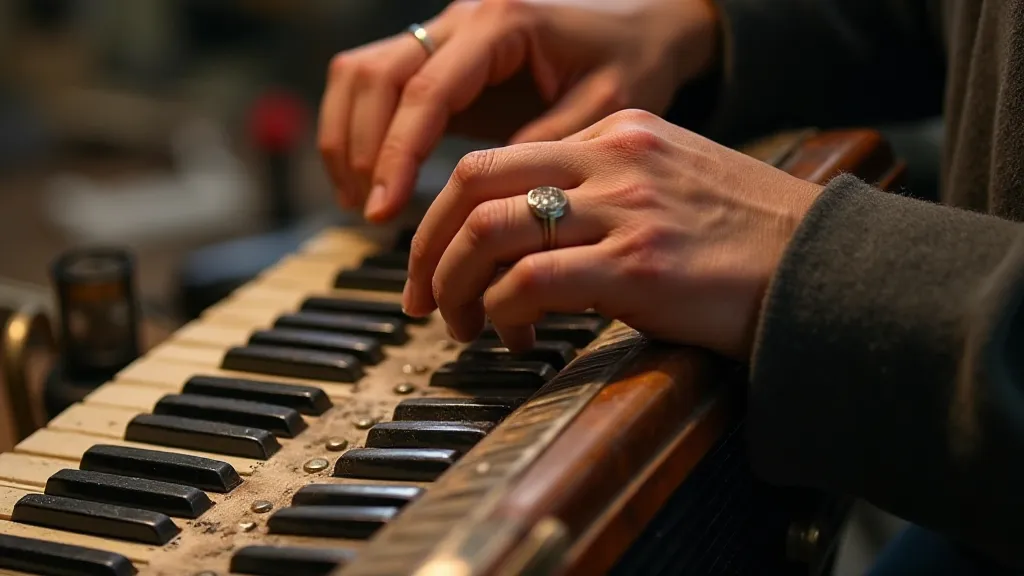
The Silence of Loss: A Generational Divide
Unfortunately, the pressures of assimilation and the perceived stigma associated with "non-standard" English have led to a decline in the active use of the Appalachian dialect, particularly among younger generations. Many parents, wanting their children to succeed in a wider world, discourage them from speaking the dialect, fearing it will hinder their educational and professional opportunities. This creates a heartbreaking generational divide—a gap between those who carry the linguistic heritage and those who are losing access to it.
My own cousin, a bright and ambitious young woman, rarely speaks the dialect. She’s keenly aware of how it’s perceived and consciously avoids using it outside of her immediate family. While I understand her pragmatism, I also mourn the loss – the diminishing connection to her ancestral roots. Her silence isn't a rejection of her heritage; it’s a calculated choice, a necessary compromise in a world that often prioritizes conformity over authenticity. It's a poignant reminder of the challenges faced in preserving endangered linguistic traditions.
A Resonant Future: Reclaiming the Echo
Despite the challenges, there's a growing movement to reclaim and celebrate the Appalachian dialect. Local organizations are creating resources to document the language, storytellers are sharing their narratives, and educators are incorporating dialect awareness into their curriculum. This isn’t about advocating for the exclusive use of the dialect; it’s about recognizing its value as a vital component of Appalachian cultural identity.
Just as a meticulously restored accordion can once again resonate with the melodies of the past, so too can the Appalachian dialect be revitalized. By embracing our linguistic heritage, by understanding its deep connection to our ancestral stories, we can ensure that these voices—the voices of our grandmothers, our storytellers, our craftsmen—continue to echo through the valleys and ridges for generations to come. It’s a responsibility, an opportunity, and a profound act of honoring the past while shaping a vibrant future.
